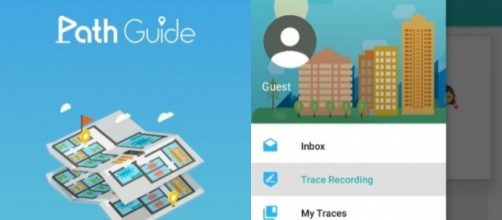GPS is a lifesaver when it comes to finding one’s way out in an unknown place. It helps us to get to destinations in time rather than roam about cluelessly. However, this life-saving technology comes to a standstill whenever we experience a lapse in internet connectivity whether indoors or underground. GPS is great in the outside world, but inside buildings with thick walls and connectivity issues, it may offer no help at times.
Google Maps offers indoor guidance. However, it is yet to gather a substantial amount of data about that many buildings.
Thus, the results provided are not always correct. However, Microsoft has come up with a solution to these issues, which will help you find your way inside large malls, office buildings, parking lots, and hospitals.
Microsoft brings Path Guide for accurate indoor navigation
For the last two years, a group of specialists at Microsoft Research Asia have been working on the development of Path Guide, an indoor navigation app which functions independently of Wi-Fi, GPS, and radio signals. This path helps its users by pointing them towards the right direction of their destination while they are inside a building. The app works on human leader recorded paths. In layman terms, the app allows the user to trace their routes indoors, creating a map of the whole area in the process.
This route or map can be then made public for the other users who are on the Path Guide app. Once shared publicly, the other Path Guide app users will be able to access the maps through their devices.
How does Path Guide trace routes without Wi-Fi or GPS?
To function without relying on GPS or Wi-Fi or radio signals, the Path Guide app resorts to the use of inbuilt sensors in our smartphones to map out the paths accurately, down to the number of steps required to get to a specific destination.
Apart from this, the path creators can also include annotations in the form of audio, text, and image for tips and tricks such as getting past locks or entering room key codes. Once a path has been traced, the user can share the route publicly and make it available for others to use. Any Microsoft Path Guide app user can search for their desired path using the apps search tool.
The idea is innovative and works well for the most part. However, the path tracing and discovering routes mechanism can be simplified. Instead of searching for one’s desired path, it would be better if the route just popped up when one comes across a large building where the paths have already been traced out. The app is currently available only for devices running on the Android platform and can be downloaded from the Google Play Store.


